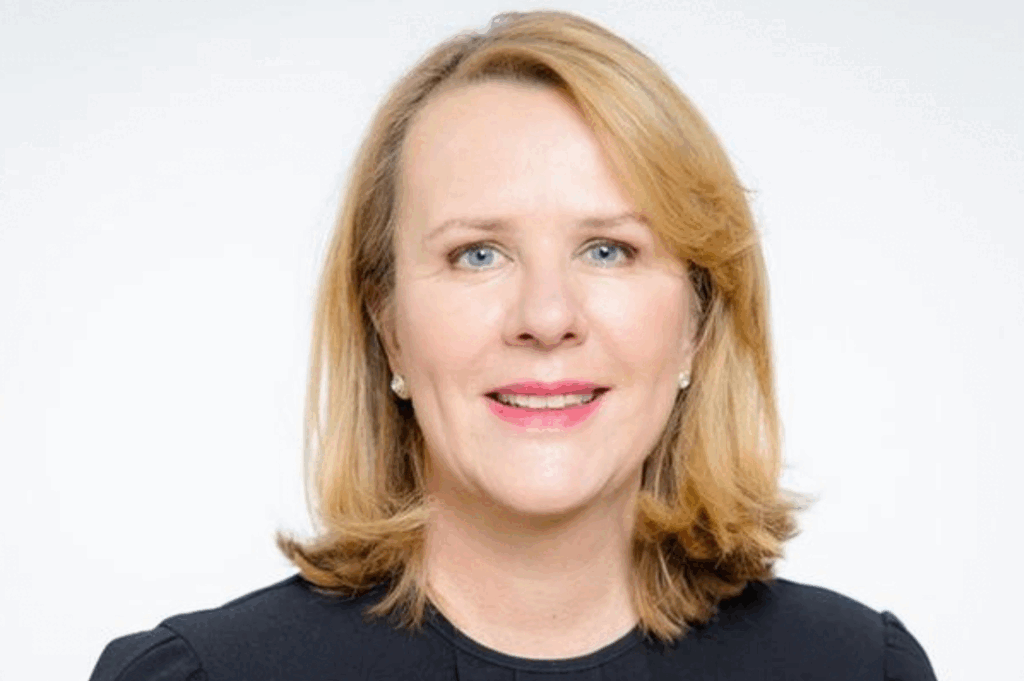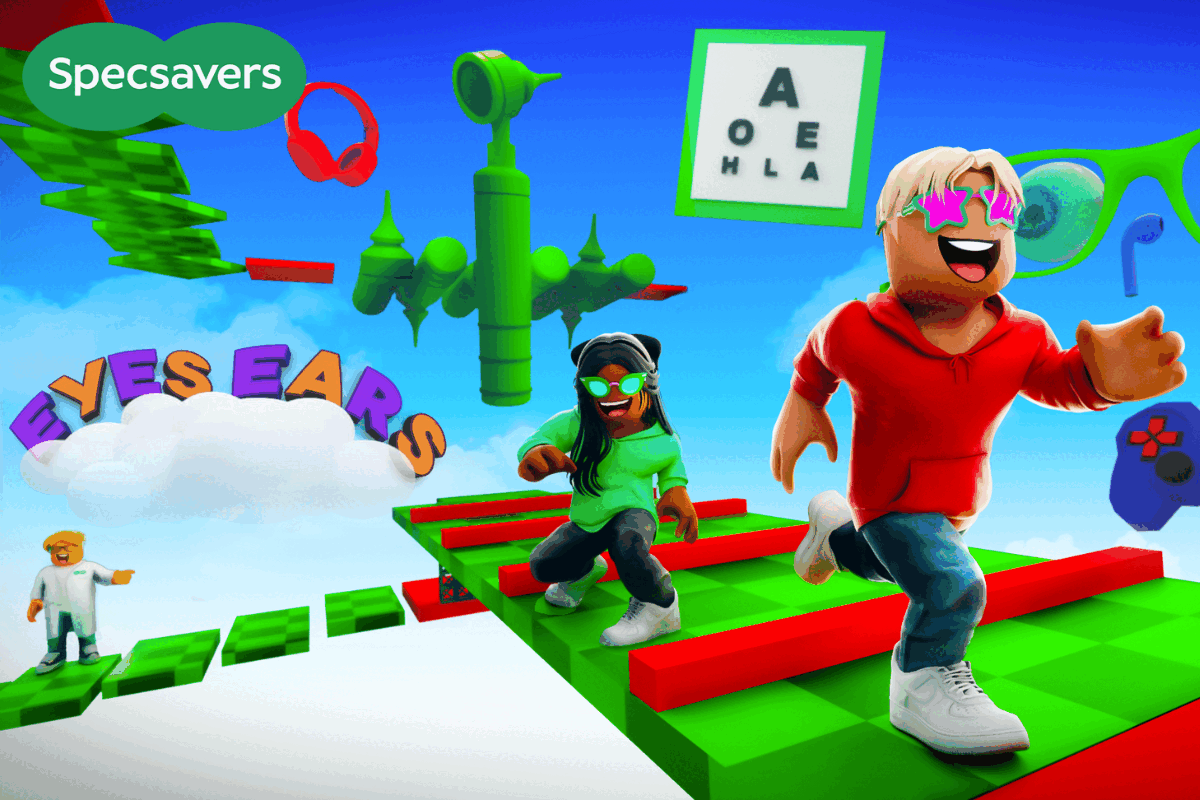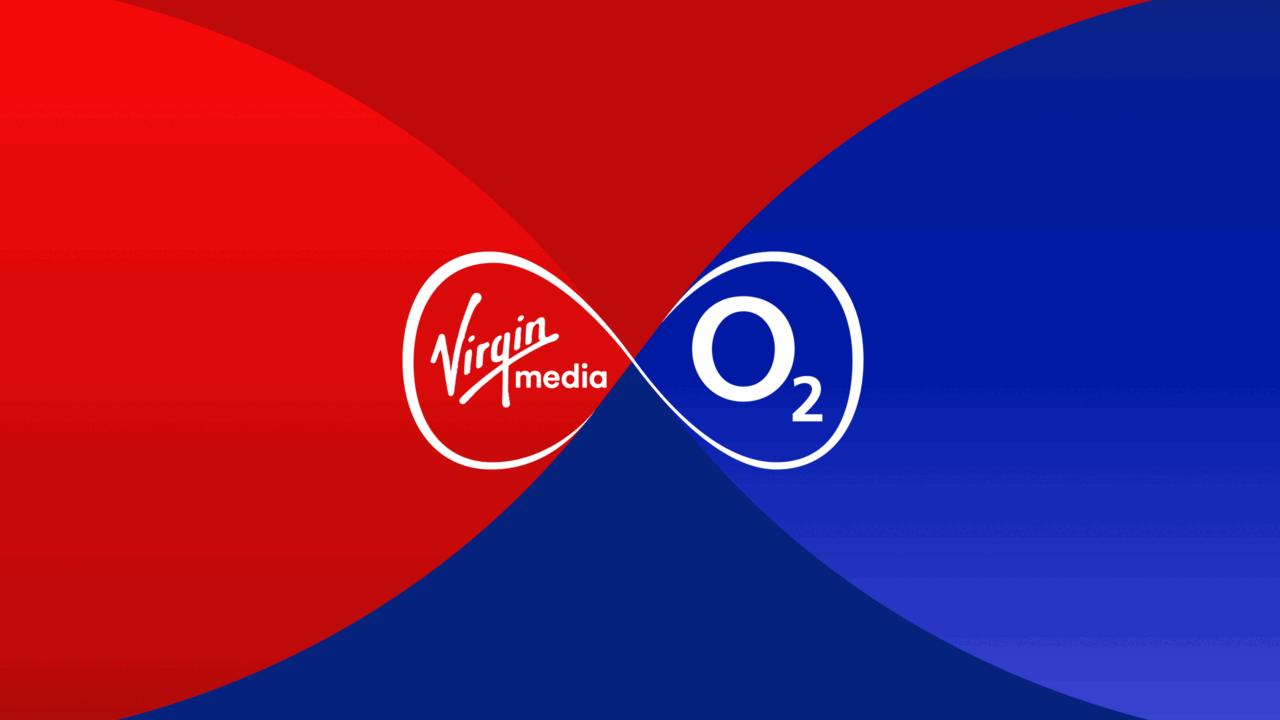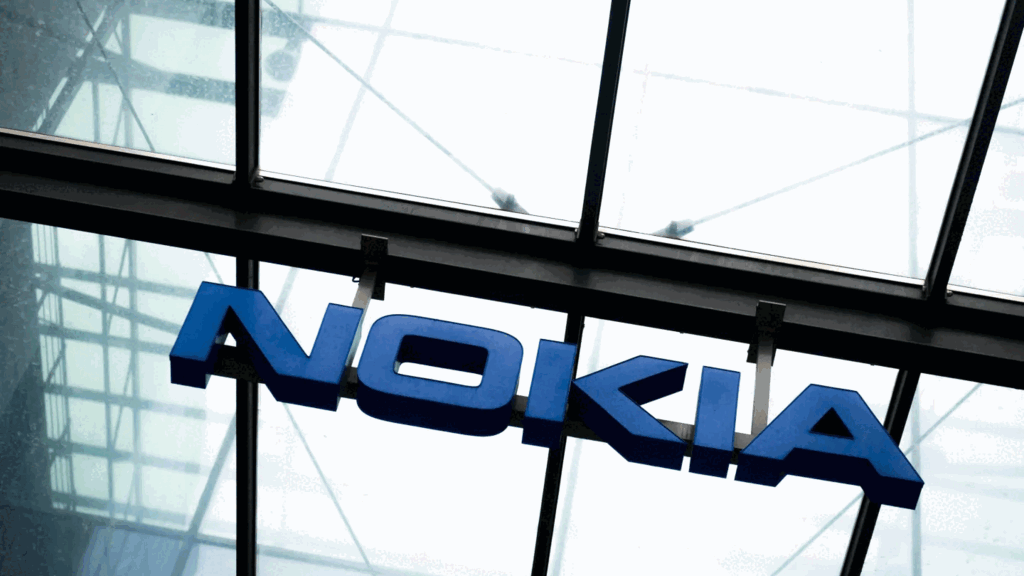Autonomous shuttle service trial uses satellite comms in addition to 4G and 5G
- Monday, November 29th, 2021
- Share this article:
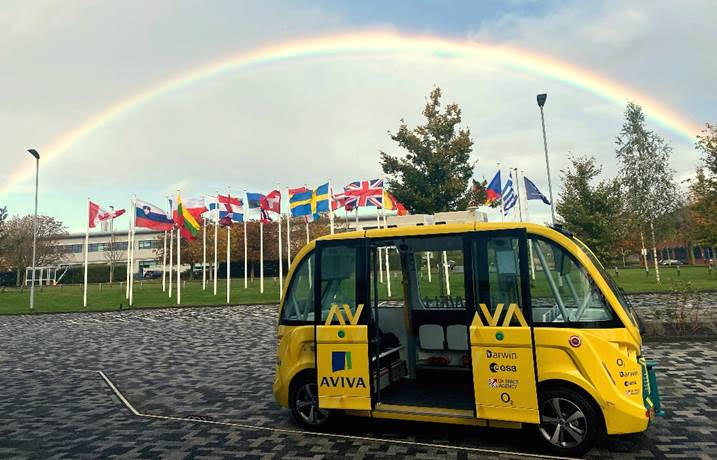 A fully autonomous passenger shuttle service begins trials on UK roads today. The service is being trialled by Darwin Innovation Group, with support from ESA and the UK Space Agency. An autonomous shuttle will transport passengers around Harwell Science and Innovation Campus in Oxfordshire.
A fully autonomous passenger shuttle service begins trials on UK roads today. The service is being trialled by Darwin Innovation Group, with support from ESA and the UK Space Agency. An autonomous shuttle will transport passengers around Harwell Science and Innovation Campus in Oxfordshire.
The shuttle, created by Navya, uses LiDAR sensors, cameras and ultrasound sensors to navigate safely around any obstacles. It also features a satellite (GNSS) antenna for positioning. There is no steering wheel, but it does have safety controls, which will be managed by an on-board operator throughout the trial.
Darwin will maintain and monitor the service, tracking the shuttle’s location and gathering information about its operation as it travels. Telematics data will be transmitted from the shuttle in real time using Hispasat’s satellite communication channels and O2’s 4G and 5G networks.
The use of satellite communications in this trial is significant. In previous trials, autonomous vehicles have relied on terrestrial wi-fi to stay connected. By making use of satellites in addition to 4G and 5G, autonomous vehicles can operate in rural or remote areas that may not yet have complete cellular coverage.
This shuttle service will help demonstrate the potential of self-driving vehicles to operate in a real-world setting, serving as a step towards the wider use of this technology in the UK. Similar Navya shuttles have been used in an urban setting in Switzerland, and have safely transported tens of thousands of passengers.
“Until now, autonomous vehicles have relied on terrestrial wi-fi, which means they can struggle to operate in remote and rural areas,” said Science Minister George Freeman MP. “By unlocking the power of space and satellite technology, these shuttles can stay connected all the time.
“Our National Space Strategy promises to put space technology at the heart of our efforts to make the UK a science and innovation superpower. Autonomous vehicle technology has huge applications in key industries, and the UK is committed to lead in adoption as well as technological innovation.”
In addition to Darwin, Navya, ESA and UK Space Agency, a range of organisations have supported the new shuttle service. Mobile operator O2 and satellite operator Hispasat have aided Darwin in its research into connectivity, and the shuttle will make use of their networks as it travels around the campus. O2 also provides added investment to Darwin, as well as supporting with patent development. Harwell Science Campus and STFC are hosting the service, and AWS is providing storage for the data produced by the shuttle. The shuttle is insured by Aviva, who will use the trial and resulting data to better understand the evolving mobility market.
The autonomous shuttle service operates at Harwell Science Campus during weekdays, morning to evening. It travels two routes, one along Fermi Avenue and one along Eighth Avenue, with the ESA building being the central stop for both routes. There is no cost to ride the shuttle, which is currently available to campus pass-holders and registered guests of pass-holders.







